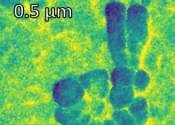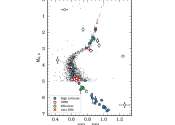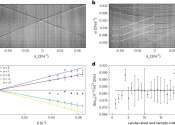TESS finds its first rogue planet
Well over 5,000 planets have been found orbiting other star systems. One of the satellites hunting for them is TESS, the Transiting Exoplanet Survey Satellite. Astronomers using TESS think they are made a rather surprising ...









